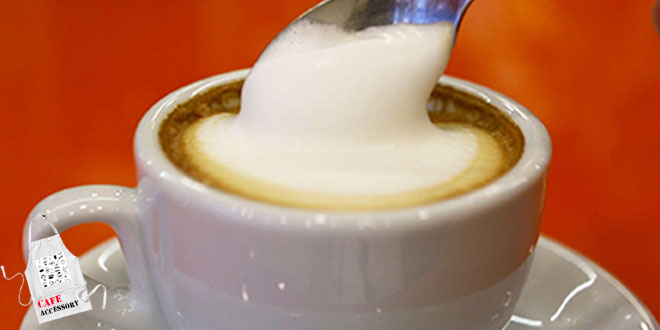کافه اکسسوری – جام تعالی یا Cup of Excellence رقابتی است که در آن تولیدکنندگان قهوه، محصولات خود را با توجه به کیفیتشان درجهبندی و رتبهبندی میکنند. بسیاری از ردههای برتر از طریق حراج اینترنتی به بالاترین پیشنهاددهنده در سراسر جهان فروخته میشوند. این برنامه بسیار تأثیرگذار، توسط پیشگام قهوه تخصص آمریکا در جورج هاول به همراه سوزی اسپیندلر ساخته شد. این برنامه واقعاً کمک میکند تا یک قهوه باکیفیت توجه و پاداش خود را دریافت کند و به تولیدکنندگان این امکان را میدهد تا به خریداران بینالمللی که آماده پرداخت بهترین هزینه هستند ، وارد معامله شوند. کشورهایی مانند رواندا با این برنامه ثروت قهوه خود را به طرز چشمگیری تغییر داد تا توجه به کیفیت قهوهای را که یک کشور میتواند تولید کند ، جلب میکند. همه کشورهای تولیدکننده قهوه میزبان جام تعالی نیستند و سایر سیستمهای حراج نیز مانند بهترینهای پاناما بهموازات جام تعالی ظهور کردهاند.
جام تعالی این روزها به دلیل شیوع ویروس کرونا تحت تدابیر و پروتکل های بهداشتی و از راه دور برگزار شده است و در این رویدادها جام تعالی اتیوپی ۲۰۲۰ رکورد فروش را جابجا کرد.
منبع: The Coffee Dictionary, Maxwell Colonna
Cup of Excellence
Cup of Excellence (COE) is a competition in which producers have their coffees graded and ranked according to their quality. The top lots then get auctioned off to the highest bidder around the world via an Internet auction. This hugely impactful programme was created by the US speciality coffee pioneer George Howell along with Susie Spindler. The programme really helps to throw a spotlight on – and reward – quality, allowing producers access to international buyers prepared to pay for the best. Countries like Rwanda have had their coffee-growing fortunes dramatically altered by this programme, which brings attention to the quality of coffee that a country can produce. Not all coffee-producing countries host the Cup of Excellence, and other auction systems have also popped up, such as the Best of Panama
کافه اکسسوری را در اینستاگرام نیز دنبال کنید.











